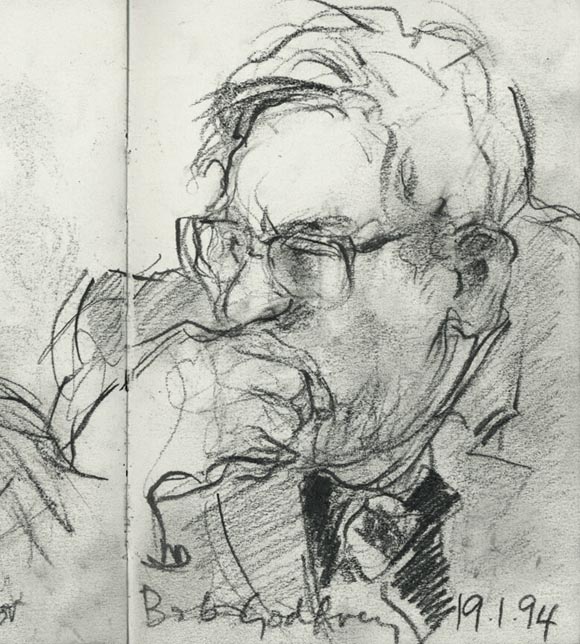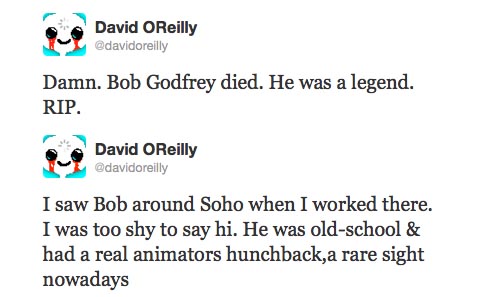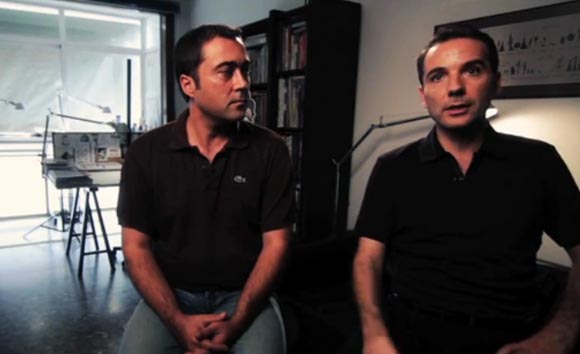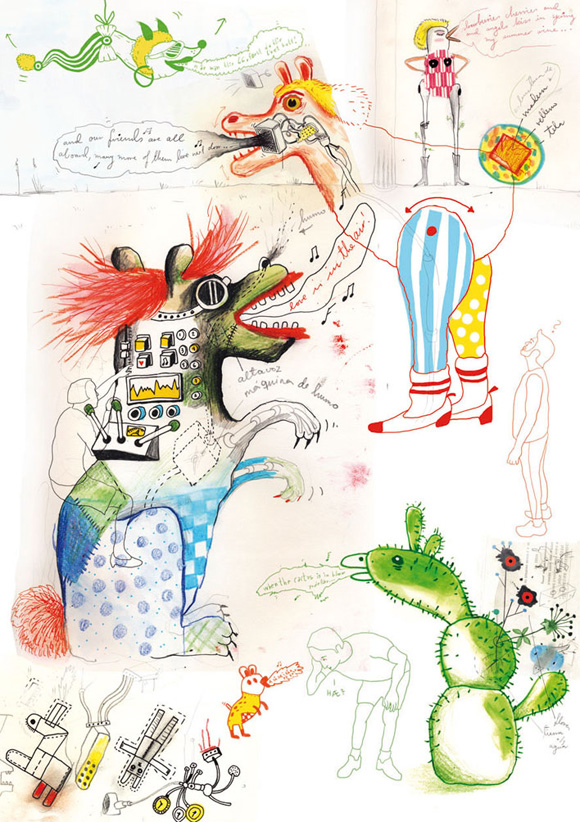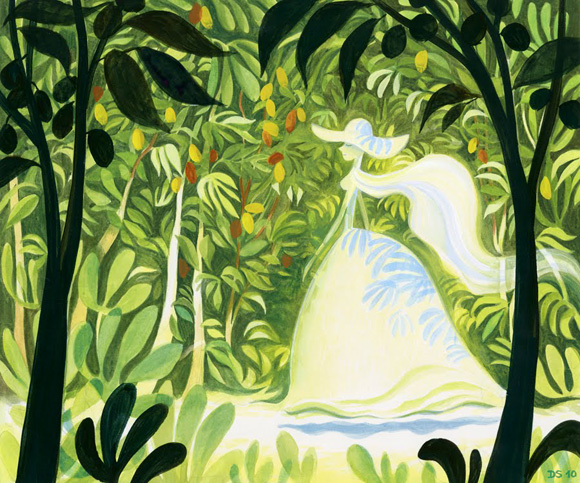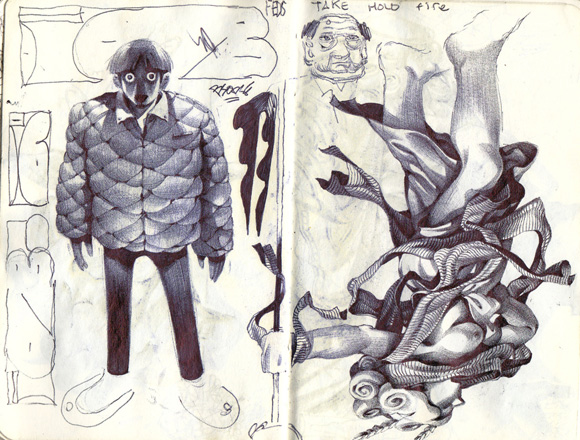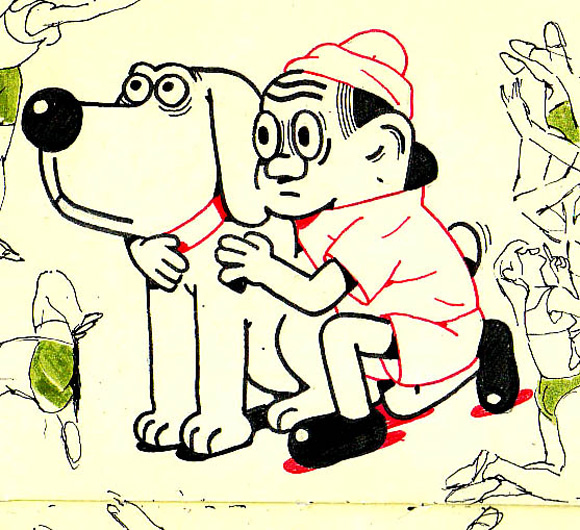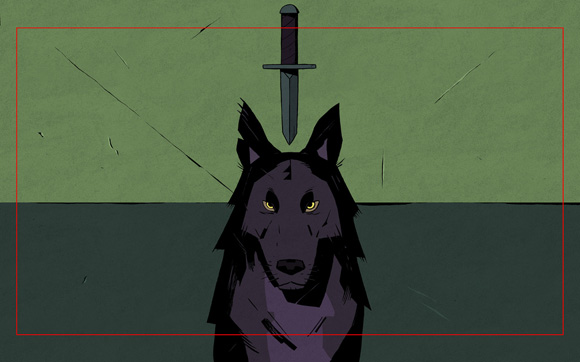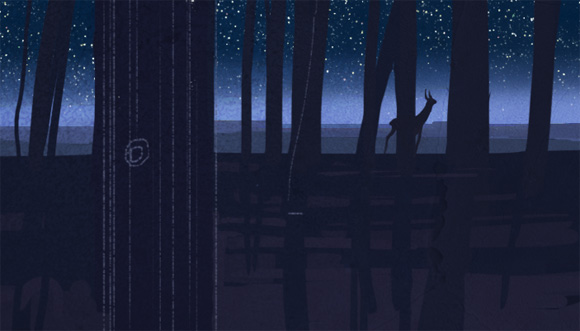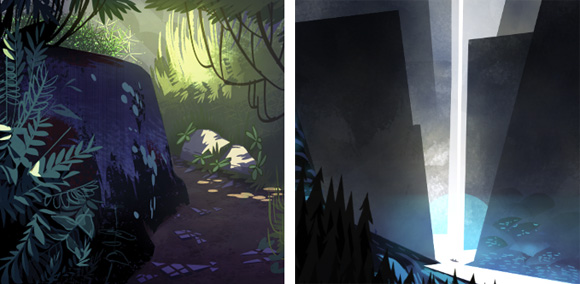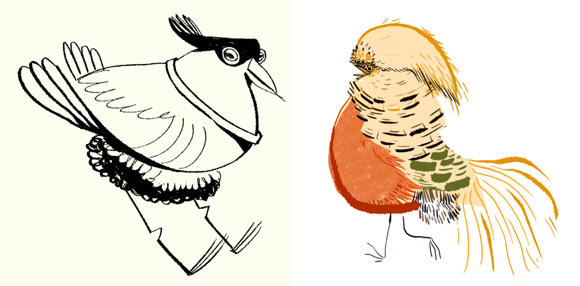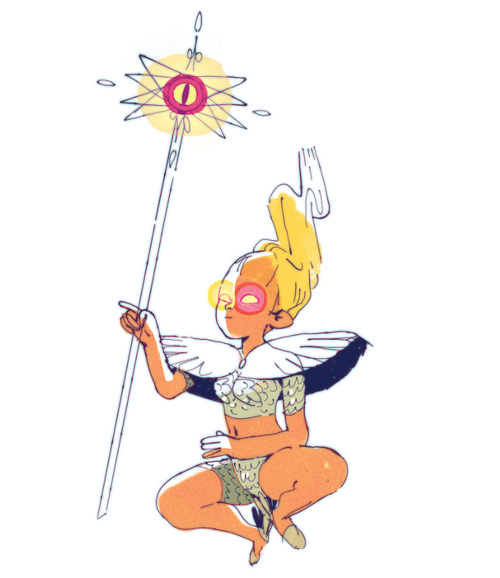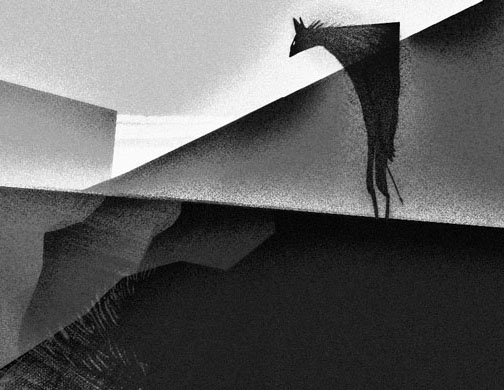![]()
The winners of the 11th Annual VES Awards were announced yesterday in Los Angeles. The two most honored films were Brave and Life of Pi, each with four awards, while Game of Thrones was the most-honored TV project, also with four awards.
Presented by the Visual Effects Society, the award recognizes outstanding visual effects work across a broad spectrum of the entertainment industry including film, animation, television, commercials and video games. In addition to the awards below, director Ang Lee was honored with the VES Visionary Award (presented by Dennis Muren) and ILM veteran Richard Edlund with the Lifetime Achievement Award (presented by Harrison Ford).
The following is the complete list of winners of The 11th Annual VES Awards:
Outstanding Visual Effects in a Visual Effects-Driven Feature Motion Picture
Life of Pi
Donald R. Elliott, Susan Macleod, Guillaume Rocheron, Bill Westenhofer
Outstanding Supporting Visual Effects in a Feature Motion Picture
The Impossible
Felix Bergés,Sandra Hermida,Pau Costa Moeller
Outstanding Animation in an Animated Feature Motion Picture
Brave
Mark Andrews, Steve May, Katherine Sarafian, Bill Wise
Outstanding Visual Effects in a Broadcast Program
Game of Thrones: Volar Morghulis
Rainer Gombos, Steve Kullback, Sven Martin, Juri Stanossek
Outstanding Supporting Visual Effects in a Broadcast Program
Boardwalk Empire: Episode 308
John Bair, Parker Chehak, Paul Graff, Lesley Robson-Foster
Outstanding Real-Time Visuals in a Video Game
Call of Duty: Black Ops II
Jason Blundell, Barry Whitney, Colin Whitney
Outstanding Visual Effects in a Commercial
Nike: Biomorph
Rafael Colon, Aladino Debert, David Liu, Nicola Wiseman
Outstanding Visual Effects in a Special Venue Project
Despicable Me: Minion Mayhem
Heather Drummons, Joel Friesch, Brooke Breton, Chris Bailey
Outstanding Animated Character in a Live Action Feature Motion Picture
Life of Pi: Richard Parker
Erik De Boer, Sean Comer, Betsy Asher Hall, Kai-Hua Lan
Outstanding Animated Character in an Animated Feature Motion Picture
Brave: Merida
Travis Hathaway, Olivier Soares, Peter Sumanaseni, Brian Tindall
Outstanding Animated Character in a Commercial or Broadcast Program
Game of Thrones: Training the Dragons
Irfan Celik, Florian Friedmann, Ingo Schachner, Chris Stenner
Outstanding Created Environment in a Live Action Feature Motion Picture
The Avengers: Midtown Manhattan
Richard Bluff, Barry Williams, David Meny, Andy Proctor
Outstanding Created Environment in an Animated Feature Motion Picture
Brave: The Forest
Tim Best, Steve Pilcher, Inigo Quilez, Andrew Whittock
Outstanding Created Environment in a Commercial or Broadcast Program
Game of Thrones: Pyke
Rene Borst, Thilo Ewers, Adam Figielski, Jonas Stuckenbrock
Outstanding Virtual Cinematography in a Live Action Feature Motion Picture
The Hobbit: An Unexpected Journey
Matt Aitken, Victor Huang, Christian Rivers, R. Christopher White
Outstanding Virtual Cinematography in a Commercial or Broadcast Program
ZombiU
Dominique Boidin, Léon Bérelle, Rémi Kozyra, Maxime Luère
Outstanding Models in a Feature Motion Picture
The Avengers: Helicarrier
Rene Garcia, Bruce Holcomb, Polly Ing, Aaron Wilson
Outstanding FX and Simulation Animation in a Live Action Feature Motion Picture
Life of Pi: Storm of God
Harry Mukhopadhyay, David Stopford, Mark Williams, Derek Wolfe
Outstanding FX and Simulation Animation in an Animated Feature Motion Picture
Brave
Chris Chapman, Dave Hale, Michael K. O’Brien, Bill Watral
Outstanding FX and Simulation Animation in a Commercial or Broadcast Program
Guinness: Cloud
Tom Bussell, Neil Davies
Outstanding Compositing in a Feature Motion Picture
Life of Pi: Storm of God
Ryan Clarke, Jose Fernandez, Sean Oharas, Hamish Schumacher
Outstanding Compositing in a Broadcast Program
Game of Thrones, Episode 210: White Walker Army
Falk Boje, Esther Engel, Alexey Kuchinsky, Klaus Wuchta
Outstanding Compositing in a Commercial
Chevy 2012 Silverado
Dominik Bauch, Nicholas Kim, Benjamin Walsh
Outstanding Visual Effects in a Student Project
Natalis
Daniel Brkovic, David Kirchner, Jan-Marcel Kuehn, Tom Ferstl


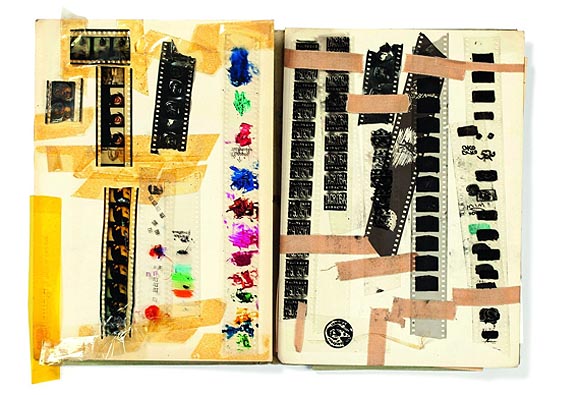
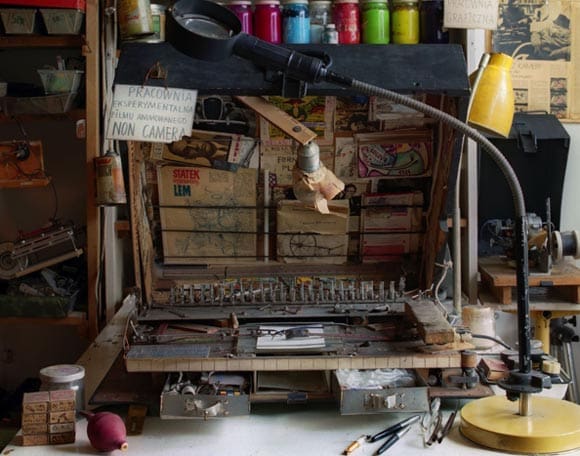
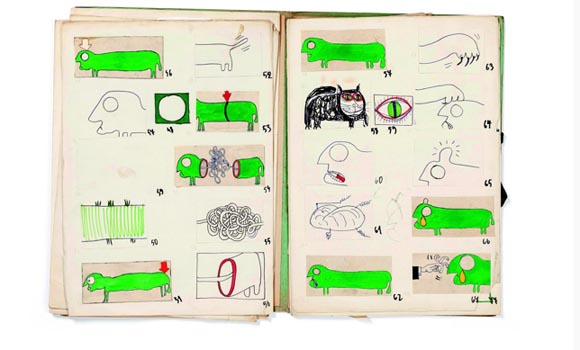
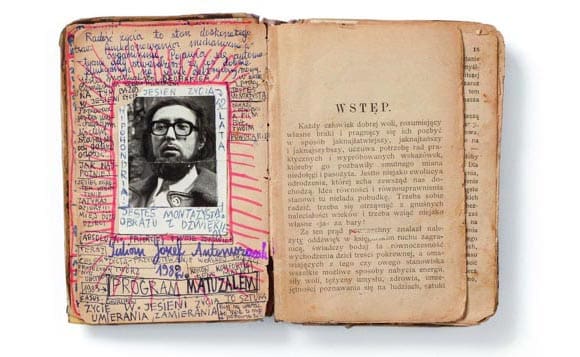
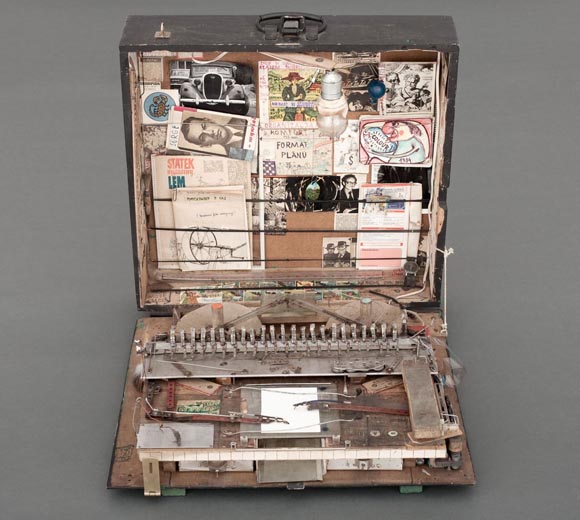
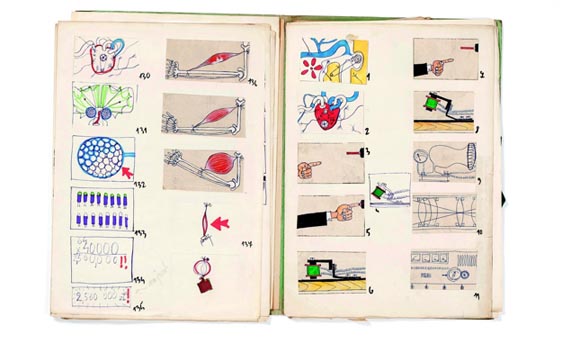
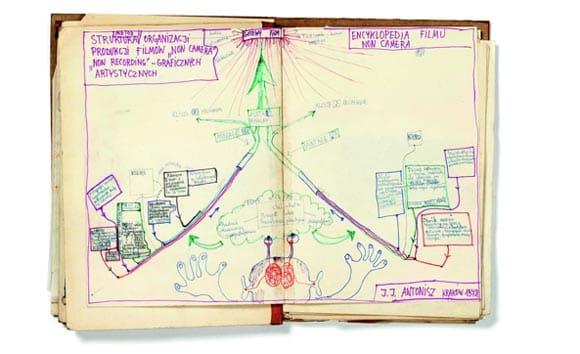
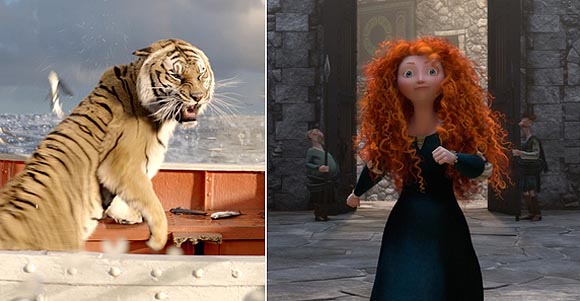
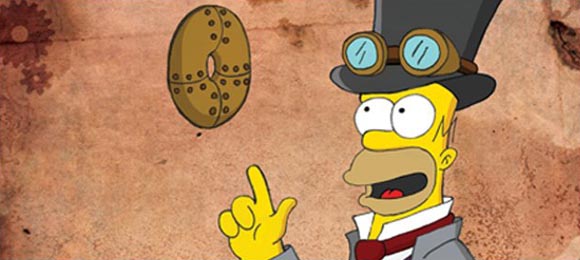
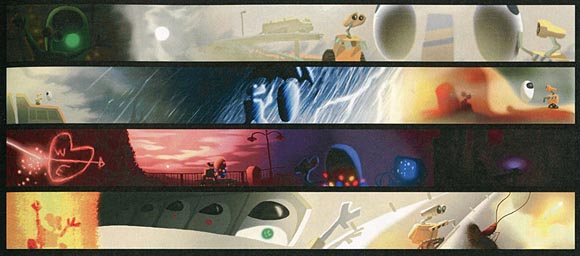
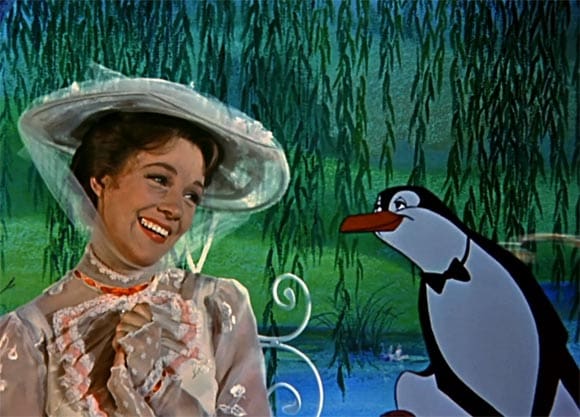
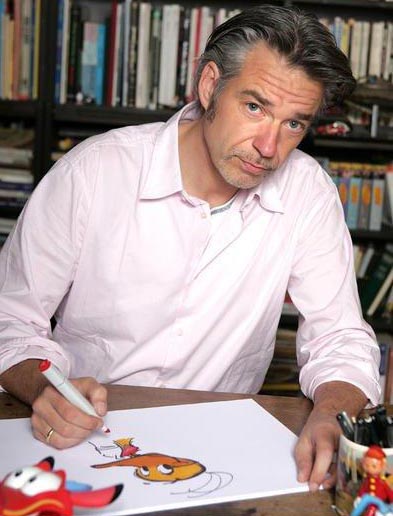
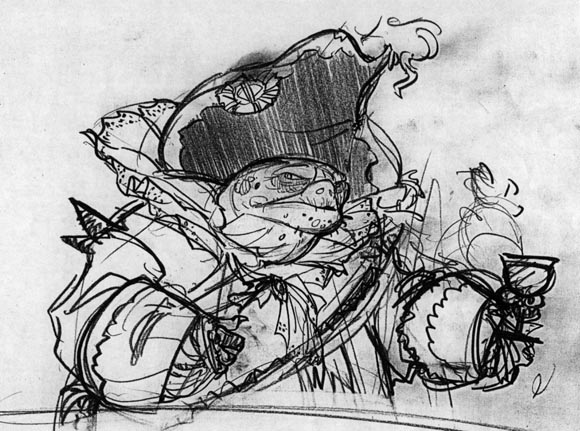



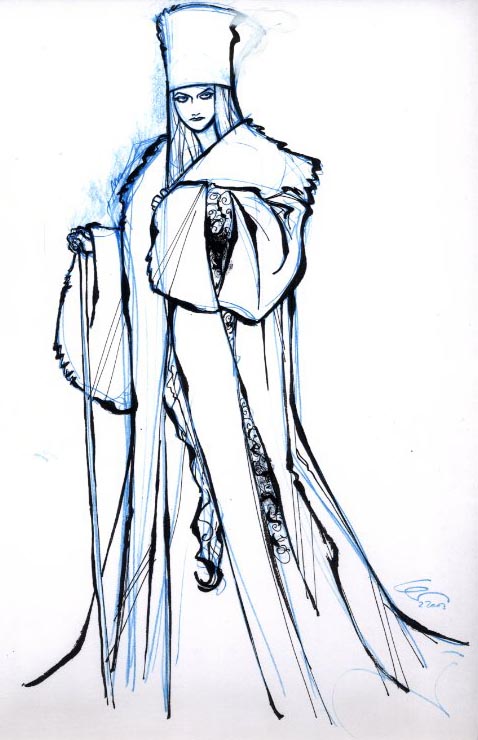
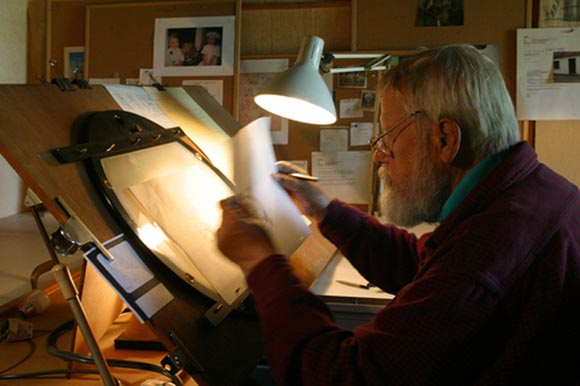

 .
. More of the Van Boring strips are
More of the Van Boring strips are 
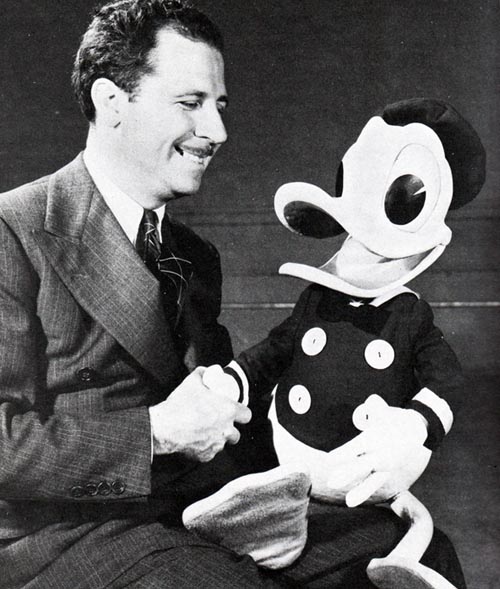
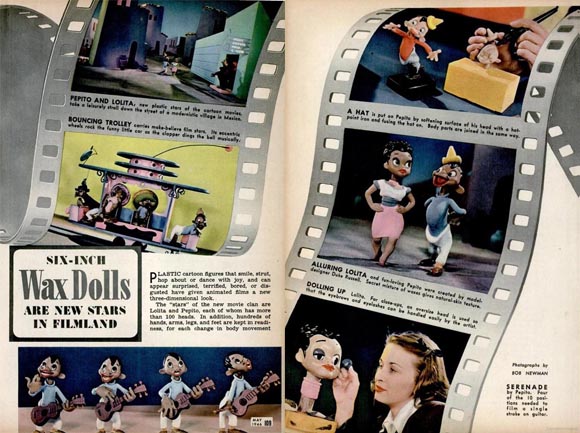
 Tashlin’s how-to cartoon book proclaimed that anybody could create original cartoons if they could draw S(quares), C(ircles), O(vals) and T(riangles). You can find the entire book
Tashlin’s how-to cartoon book proclaimed that anybody could create original cartoons if they could draw S(quares), C(ircles), O(vals) and T(riangles). You can find the entire book  Says Godard:
Says Godard: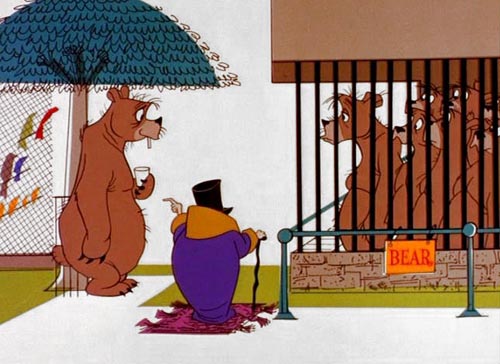

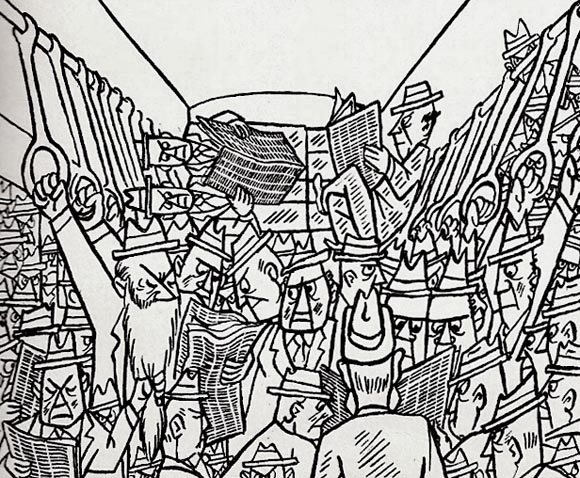
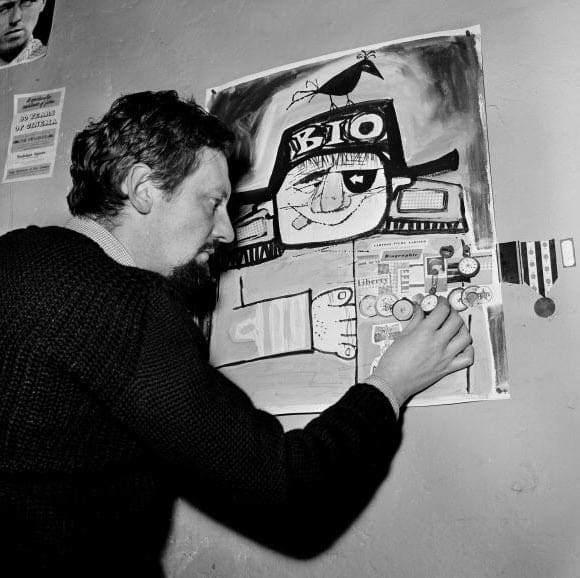
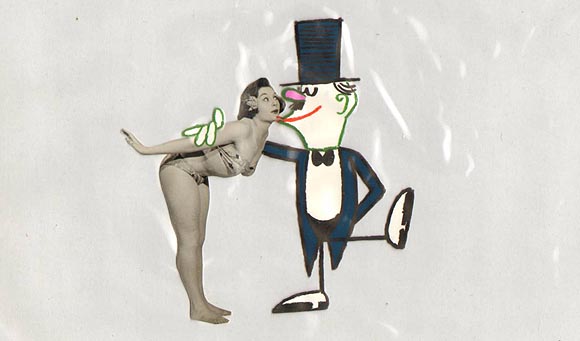 Still from “Polygamous Polonius” (1959)
Still from “Polygamous Polonius” (1959)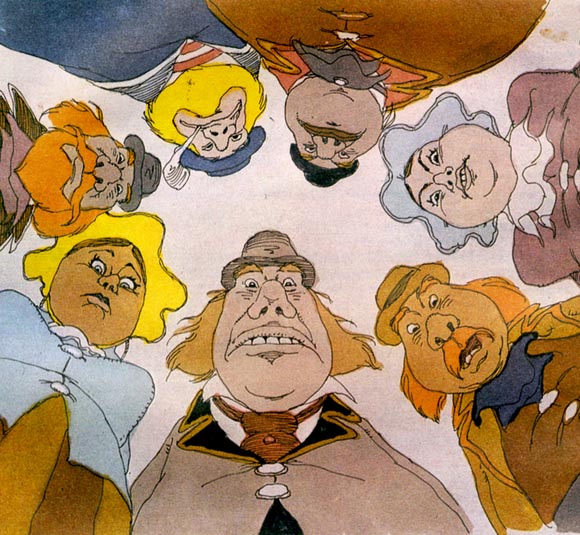 Still from “Great” (1975)
Still from “Great” (1975)
